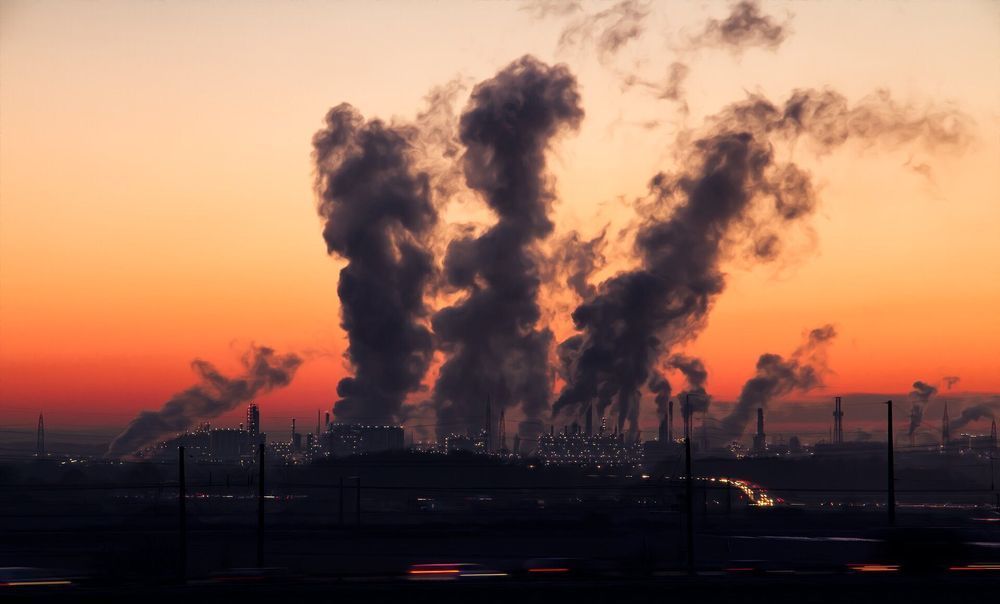As levels of atmospheric carbon dioxide continue to climb, scientists are looking for new ways of breaking down CO2 molecules to make useful carbon-based fuels, chemicals and other products. Now, a team of Brown University researchers has found a way to fine-tune a copper catalyst to produce complex hydrocarbons—known as C2-plus products—from CO2 with remarkable efficiency.
In a study published in Nature Communications, the researchers report a catalyst that can produce C2-plus compounds with up to 72% faradaic efficiency (a measure of how efficiently electrical energy is used to convert carbon dioxide into chemical reaction products). That’s far better than the reported efficiencies of other catalysts for C2-plus reactions, the researchers say. And the preparation process can be scaled up to an industrial level fairly easily, which gives the new catalyst potential for use in large-scale CO2 recycling efforts.
“There had been reports in the literature of all kinds of different treatments for copper that could produce these C2-plus with a range of different efficiencies,” said Tayhas Palmore, the a professor of engineering at Brown who co-authored the paper with Ph.D. student Taehee Kim. “What Taehee did was a set of experiments to unravel what each of these treatment steps was actually doing to the catalyst in terms of reactivity, which pointed the way to optimizing a catalyst for these multi-carbon compounds.”
